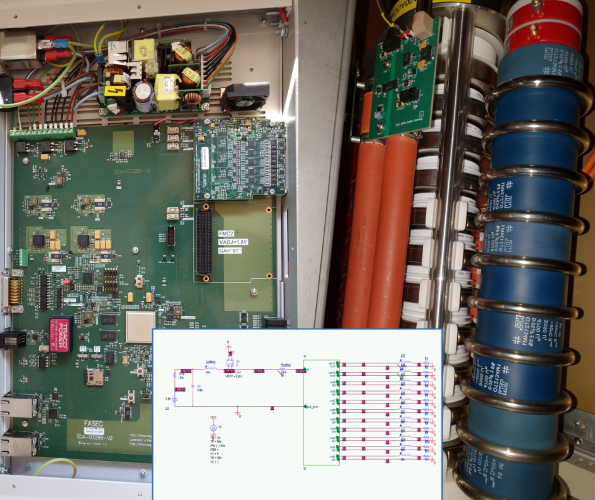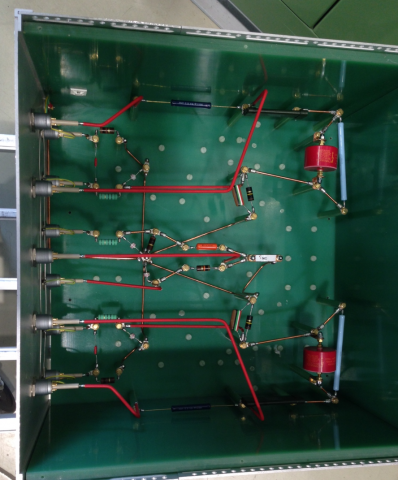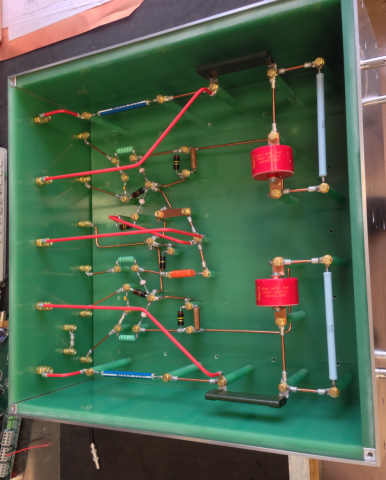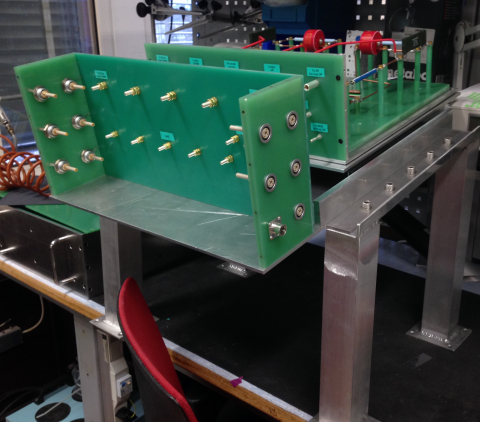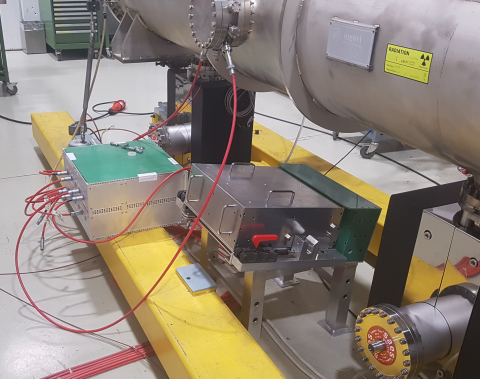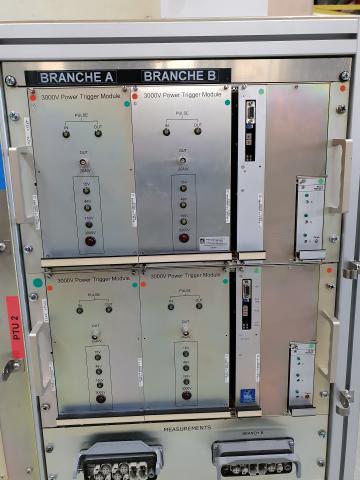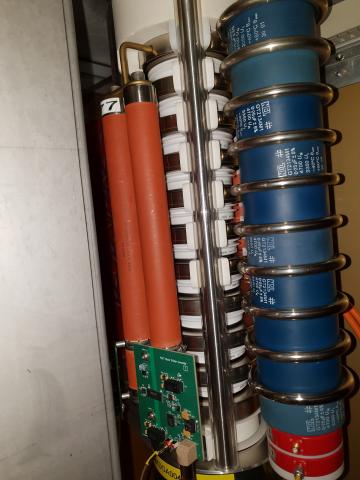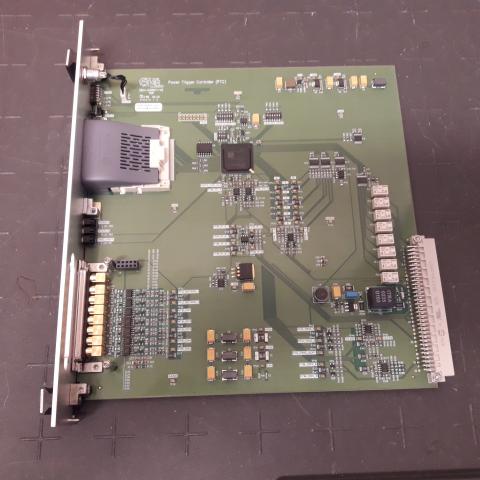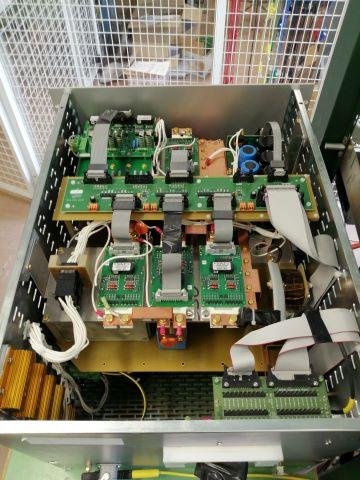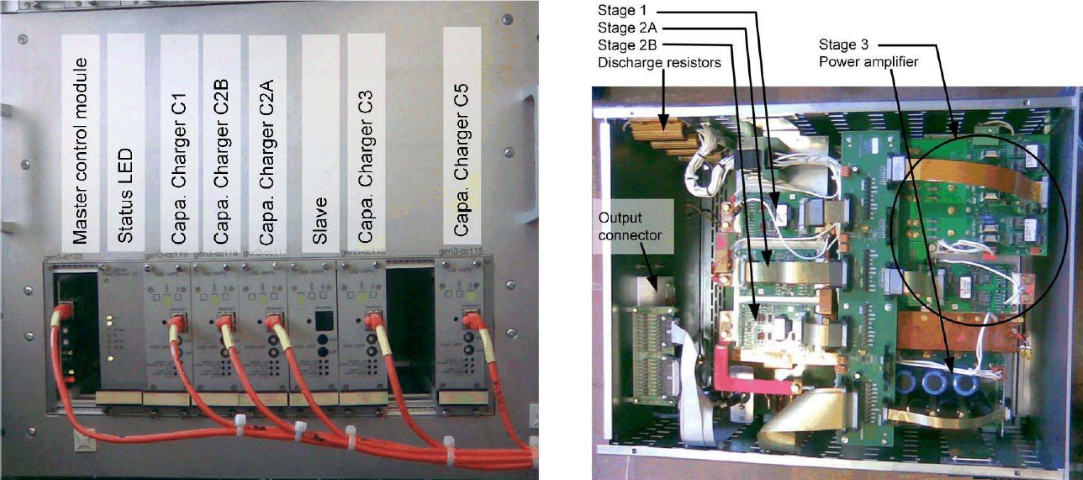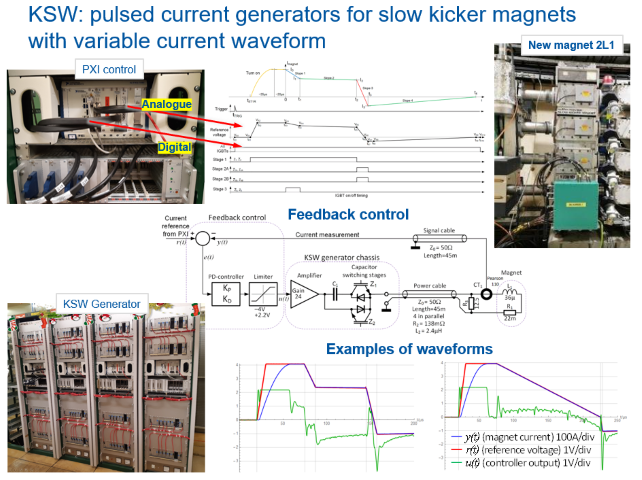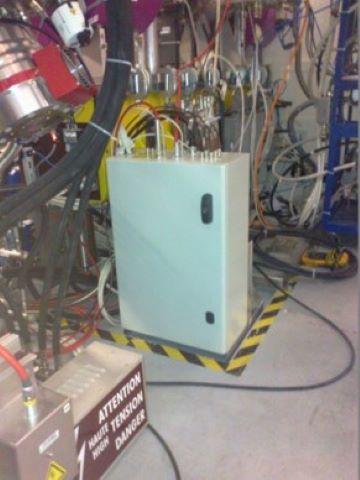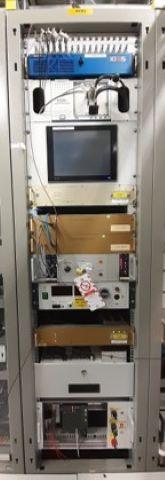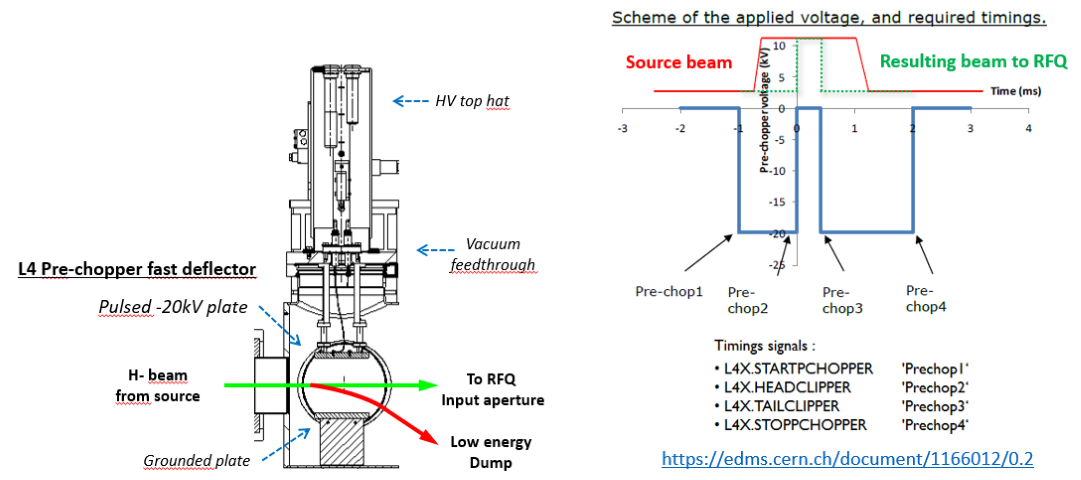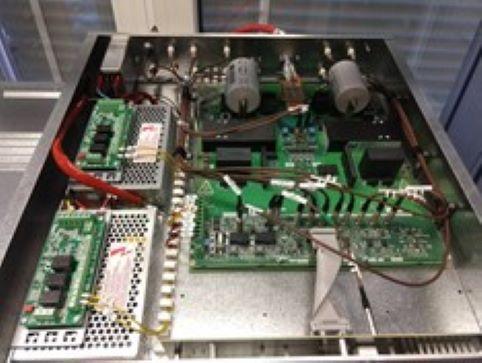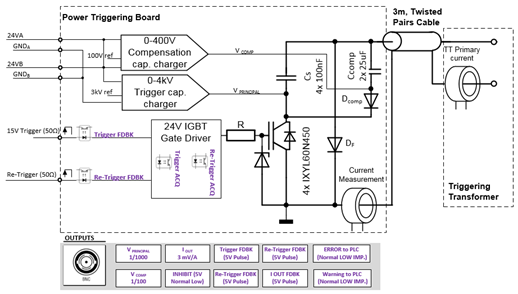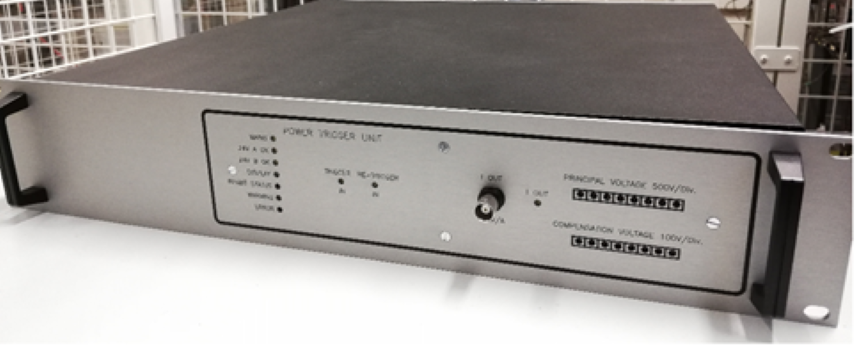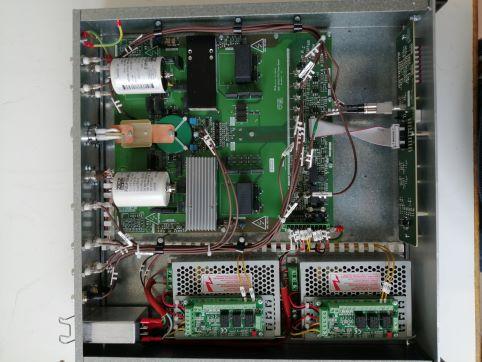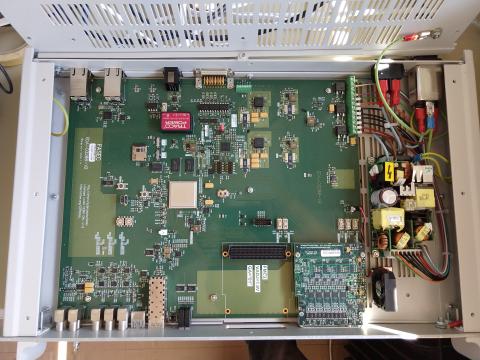Fast Interlocks Detection System
Fast pulsed kicker magnet systems are powered by high-voltage and high-current pulse generators with adjustable pulse length and amplitude. To deliver this power, fast high-voltage switches such as thyratrons and GTOs are used to control the fast discharge of pre-stored energy. To protect the machine and the generator itself against internal failures of these switches several types of fast interlocks systems are used at. To get rid of this heterogeneous situation, a modular digital Fast Interlock Detection System (FIDS) has been developed in order to replace the existing fast interlocks systems. In addition to the existing functionality, the FIDS system will offer new functionalities such as extended flexibility, improved modularity, increased surveillance and diagnostics, contemporary communication protocols and automated card parametrization. A XilinxZynq®-7000 SoC has been selected for implementation ofthe required functionalities so that the FPGA (Field Programmable Gate Array) can hold the fast detection and interlocking logic while the ARM®processors allow for aflexible integration in CERN’s Front-End Software Architecture (FESA) framework, advanced diagnostics andautomated self-parametrization.
The BTE section has developed, next to the gateware and embedded software, two in-house electronic cards for this project which are shared publically at:
* https://ohwr.org/project/fasec/wikis/home
* https://ohwr.org/project/fmc-dio-10i-8o/wikis/home

